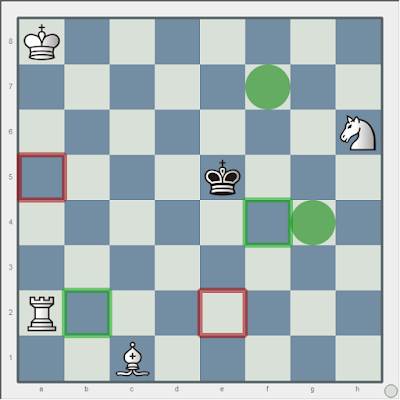Decomposing the tasks

When a task cannot be improved in speed, it is usually due to the fact that it is too complex. We have to decompose these tasks in more simple subtasks, and see if we can make exercises for them. In order to improve in FAC (Find All Checks), I trained the subtasks for which we already have exercises. I managed to improve those to 35 correct clicks per minute, which I consider good enough, for the moment. One exercise causes me trouble though: FAC with No Queens. I improved from 20 to 25 cpm, but since then I'm plateauing for two days. In the last session I wrote down what costs me time: Switching to the next position Switching to the other colour Switching from one piece to another Checks with pawns are overlooked Checking with a piece that turns out to be pinned One check with the bishop is overlooked while the other is not Checks by taking a piece are overlooked Checks by pawn takes pawn are overlooked Discovered checks are overlooked when the front piece is a pawn ...









